Sports Podiatry specializes in the diagnosis, management and prevention of foot and lower limb injuries and disorders. These conditions range from arch pain, heel pain and shin splints through to anterior knee pain and lower back pain. Podiatric treatments focus on improving the function of the lower limb and reducing an excessive load on injured areas through stretching, strengthening, footwear advice, training advice and the use of foot orthoses.
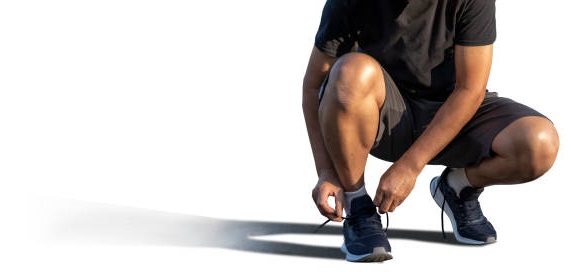
Different Types of Sports Shoes
When determining what type of running shoe, sneaker or training shoe that is best for you, you should focus on the sports you are participating in, your gait and the structure of your foot’s arch. Gait analysis is a scientific analysis of how your feet contact the ground when running to determine the best type of running shoe to provide the most comfort and stability for your feet. This will determine the amount of cushioning and support needed for optimal comfort and performance.
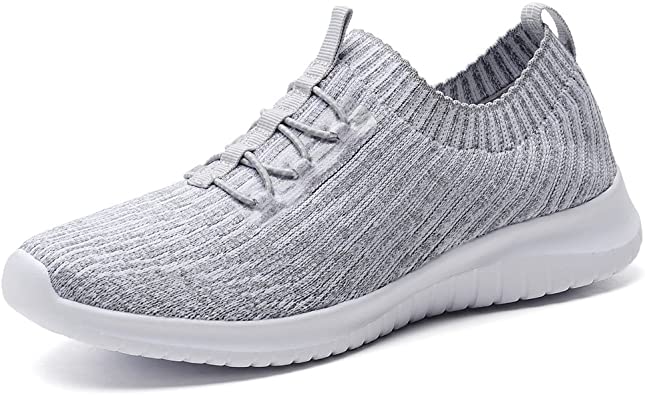
Walking Shoes – Walking shoes usually have a high degree of stability with a smooth tread, a supportive arch, and excellent shock absorption. Since walking requires the gait to be in a heel-to-toe pattern, walking shoes require a strong supportive shoe with a stable counter.
Running Shoes
There are 3 basic types of running shoes on the market today: Neutral Shoes, Stability Shoes, and Motion Controlled Shoes:
1. Neutral Running Shoes – Neutral running shoes are usually recommended for runners who have normal arches of the foot and what is called a “neutral” pattern when they run. This means that when they jog or run the outer part of their heel naturally contacts the ground first and then rolls inward about fifteen degrees with the rest of the foot flatly contacting the ground and the foot then pushing off from the ground in conjunction with all the toes. This inward motion of the foot is called pronation. It is estimated that from 50 to 60 percent of runners have a “neutral” running style. Neutral running shoes usually have most of their cushioning in the heel since the entire foot contacts the ground evenly with an even distribution of weight and so no additional padding is usually necessary for the rest of the foot. Neutral running shoes are usually lighter than other types of running shoes since they contain fewer supporting structures such as plastic posts which are designed to enhance stability. They can also be either curved or semi-curved which means that the entire sole of the shoe does not contact the ground all at once which allows for faster running. To determine if you require neutral running shoes, you can either have your running gait analyzed on a treadmill by a professional at a running store, or you can self-analyze how your feet lay when standing flat in your regular shoes. When you are examining your foot position wearing your normal shoes, if your feet face forward in a straight manner you are most likely a neutral runner.
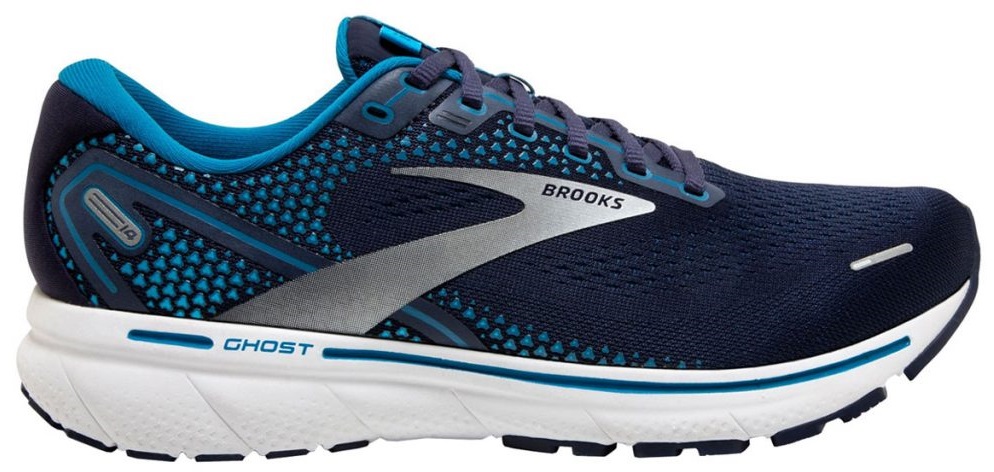
2. Stability Running Shoes – Stability running shoes are designed to provide a certain level of stability for runners who may have problems maintaining good arch support while running. These types of runners are in the class of runners who are known as pronators which means that they tend to over pronate (flatten) their feet while running. Stability running shoes provide lightweight extra support in the arch and heel areas to keep the arch elevated. This tends to make for a heavier running shoe that is both cushioned and comfortable.
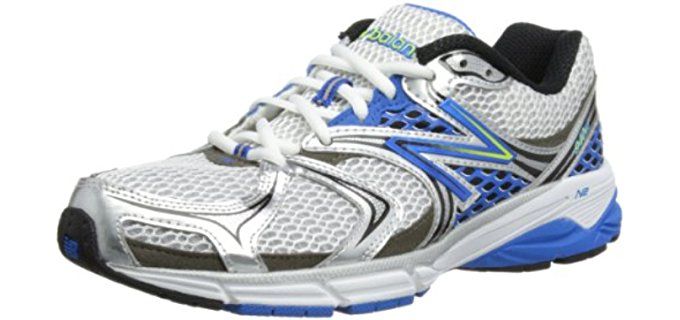
3. Motion Control Running Shoes – Motion control running shoes are most useful for those runners who have severely flat feet which are also known as “over-pronation.” This type of running shoe is designed to provide the most support, shock absorption, and stability for over-pronators and for those who have a heavier build
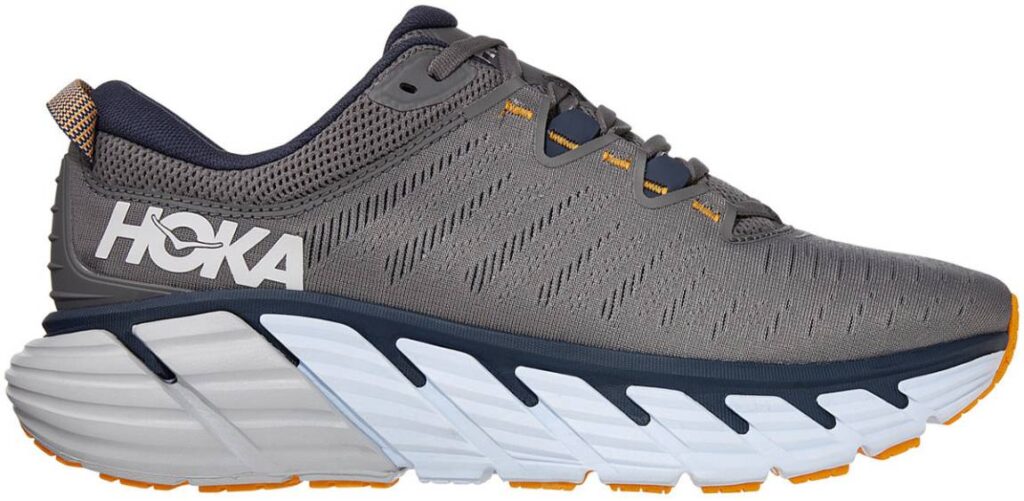
. Motion control running shoes usually have an additional “stabilizer” on the inner edge of the heel counter for extra stability with the outer sole constructed of carbon rubber which is heavier and stiffer to provide additional durability.
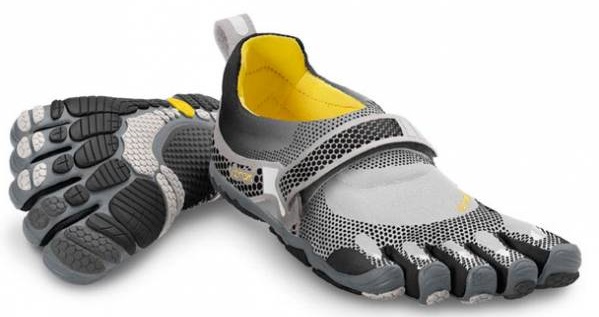
Barefoot Running Shoes/Minimalistic Running Shoes – Barefoot running shoes are a type of foot ware which have become more and more popular recently are designed so that the front part of the foot or middle part of the foot is what contacts the ground rather than the heel of the foot. This is thought to reduce the overall stress and pressure on the entire leg which helps to decrease the chance of muscular injuries or compression fractures. Barefoot running shoes have very little support or cushioning but do provide protection from stepping on rough surfaces or on objects that could puncture the foot.
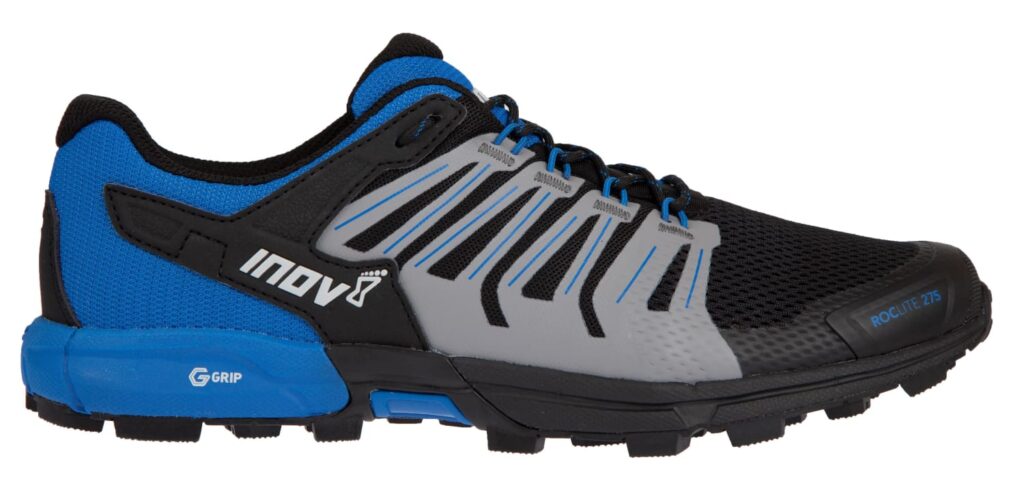
Trail Shoes – Trail Shoes are designed for those runners who prefer to run in off-road settings. Trail shoes usually have deeper treads for better traction and usually have greater stability than regular running shoes.
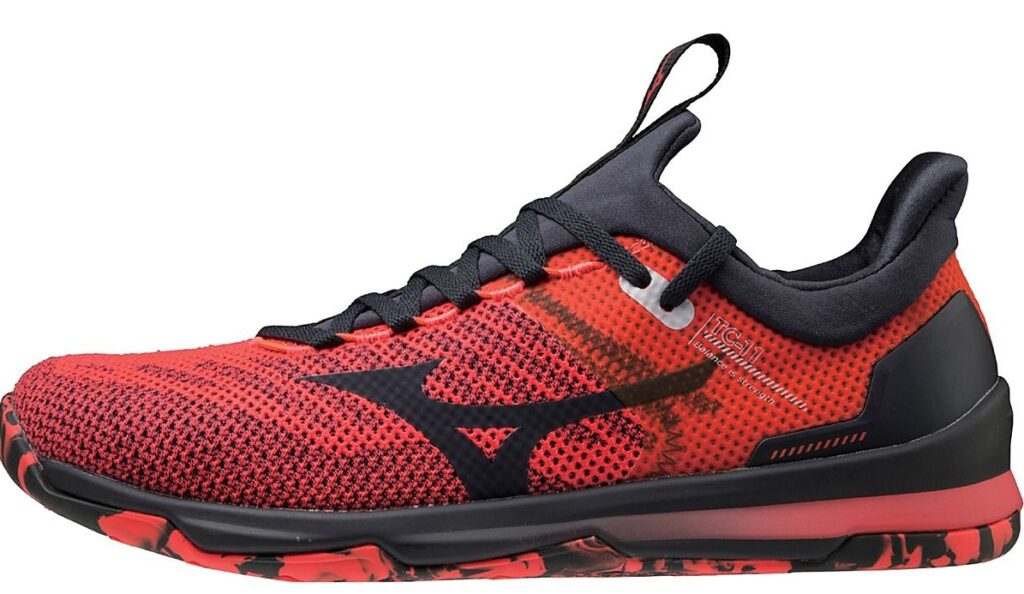
Cross Training Shoes – Cross training shoes are designed to be used for different sports utilizing one pair of shoes. This type of shoe is usually not desirable for runners who run more than 4 or 5 miles a day. Cross trainer shoes are usually made of a combination of some type of mesh-like fabric with pieces of leather enmeshed in the fabric.
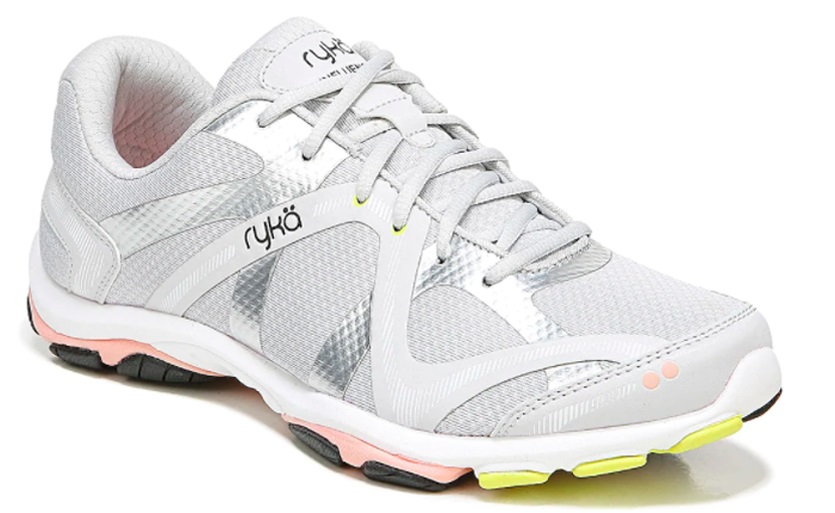
Aerobic Shoes – Shoes for aerobic conditioning should be lightweight to prevent foot fatigue and have extra shock absorption in the sole beneath the ball of the foot, where the most stress occurs. If possible, work out on a soft surface (e.g., a carpet).
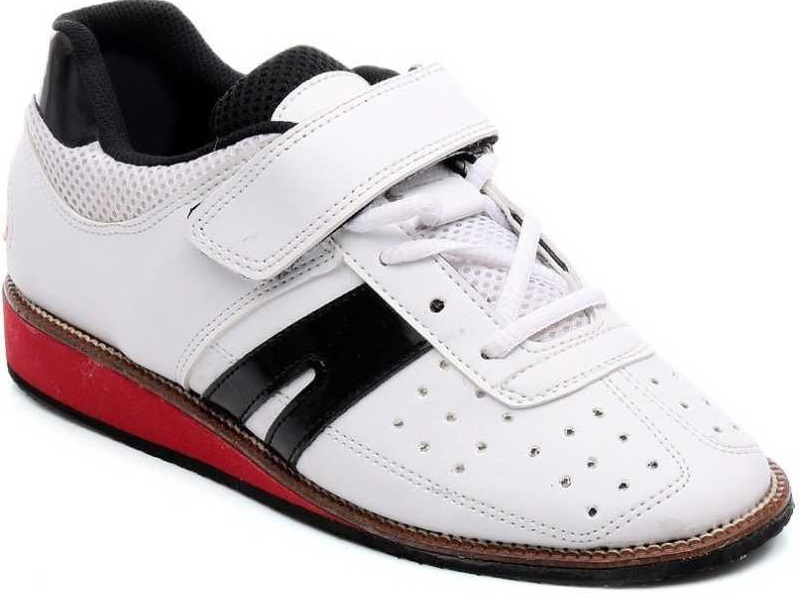
Weightlifting Shoes – Weightlifting shoes allow a significant reduction in trunk lean displacement and a significant increase in the foot segment angle, compared to the wearing of running shoes. The current research is hinting that a slight incline of the rear foot will increase the tibial angle and decrease the lean of the torso.
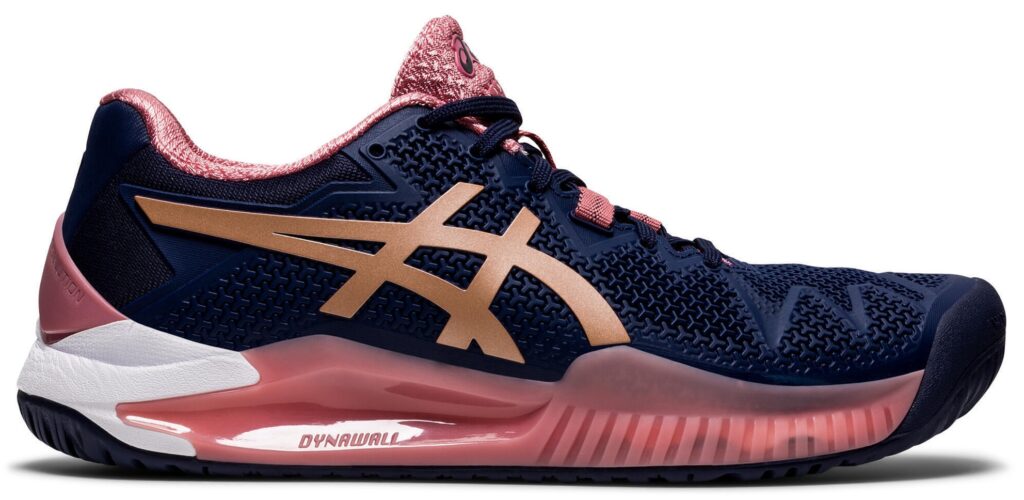
Court Shoes – Court shoes are usually made of pliable leather and have a solid tread which allows for easy movement on tennis courts, basketball courts, and volleyball courts. Court shoes typically have either a low, below the ankle cut, or are high cut. They are designed to provide stability outside and inside with movements in all directions.
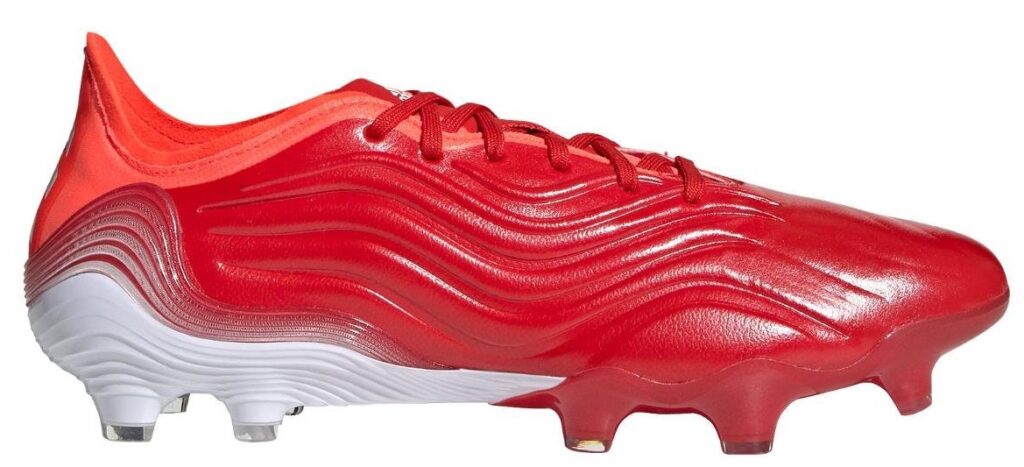
Cleats/Studs – Cleats are used in many sports such as soccer, football and baseball. Cleats are made out of either hard plastic or steel in order to provide traction when running on soft turf or on grass. Cleats that are used for soccer tend to have a tighter fit and are usually made out of soft leather. Football cleats have a central toe cleat that helps with traction when cutting across the football field. Baseball cleats usually have longer and narrower cleats on the sole of the baseball shoe which are usually made of steel rather than plastic.
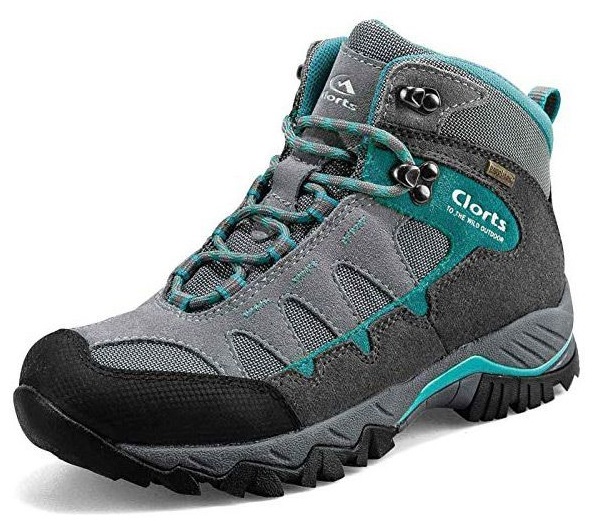
Hiking Shoes – Hiking shoes require both stability and comfort as well as a good tread to enable ambulation up difficult terrains. Hiking shoes usually lace high up on the foot for greater stability.
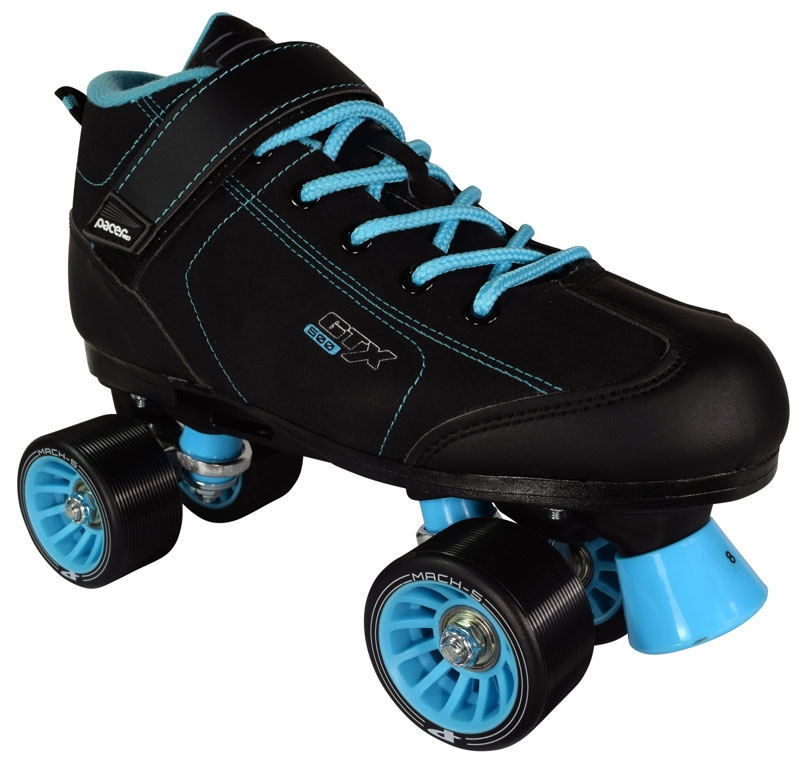
Skates and Ski Boots – Skates and Ski Boots are usually customs molded to the feet and have supportive arches for additional stability.
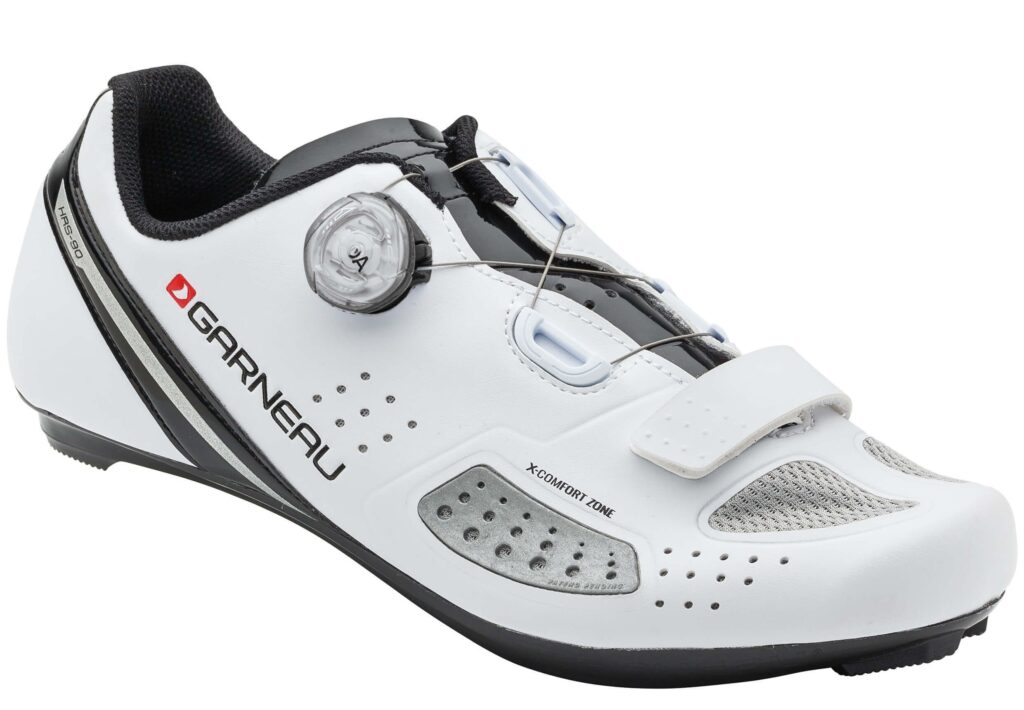
Cycling Shoes – Cycling shoes usually fit tightly on the foot and have a good stable arch.
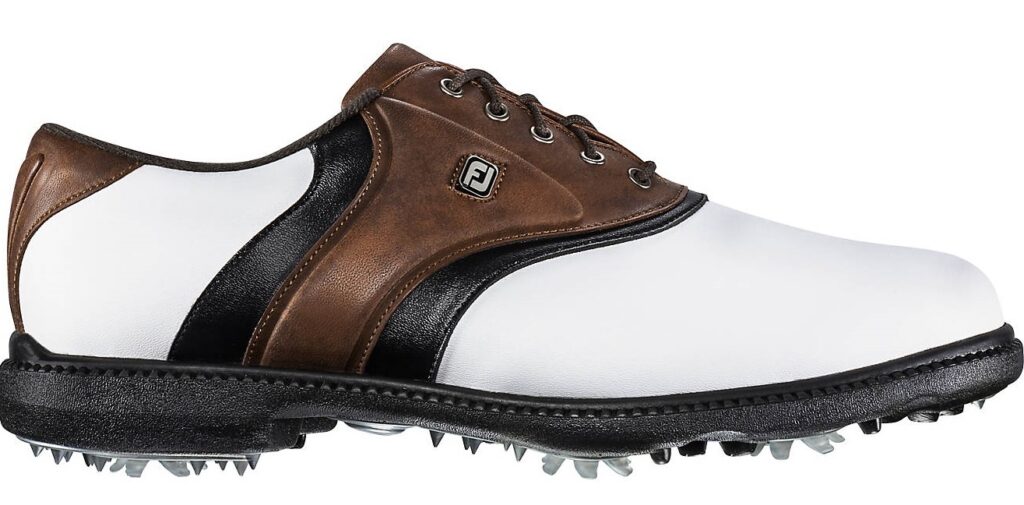
Golf Shoes – Golf shoes have short cleats that help plant the feet to prepare for a solid golf swing.
Cricket Shoes – Cricketers wear specialist cricket shoes that look a lot like a normal pair of trainers to the uninformed observer. One of the differences between them however is that cricket shoes are purpose built for cricket, and as such are usually a lot sturdier and provide more support. Cricket shoes will also often have spikes on the bottom surface of the shoe (outsole) to provide the player with grip on certain surfaces. However, it should be noted that not all cricket shoes have these! Bowlers should always wear specialist cricket shoes with spikes on the outsole. The spikes are essential (especially for fast bowlers) in order to maintain grip when landing your front foot on the popping crease. Any slippage of the front foot as it lands could result in nasty injuries, and the spikes help to alleviate this. Batsmen have a lot more options when it comes to the shoes that they wear while batting. The shoes they wear will often be the specialist cricket shoes with a normal height of cut, meaning that the shoe does not go over the ankle. The front side (toe& finger position) of batsmen shoes is extra protected against the yorker length delivery which sometimes hit the toe at 140mph.
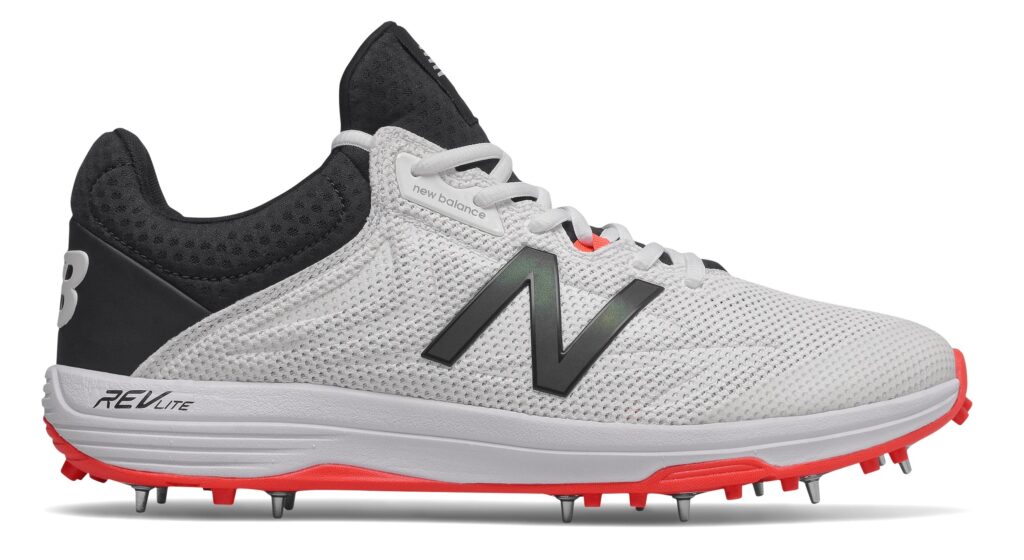
If you participate in a single sport more than two times a week, you should purchase a shoe specifically designed for that sport — a running shoe, court shoe, cleats, or hiking shoe. If you are active in many different forms of exercise each week, a cross-training shoe may be the best choice.

Dr Saranjeet Singh
Fitness & Sports Medicine Specialist
Lucknow

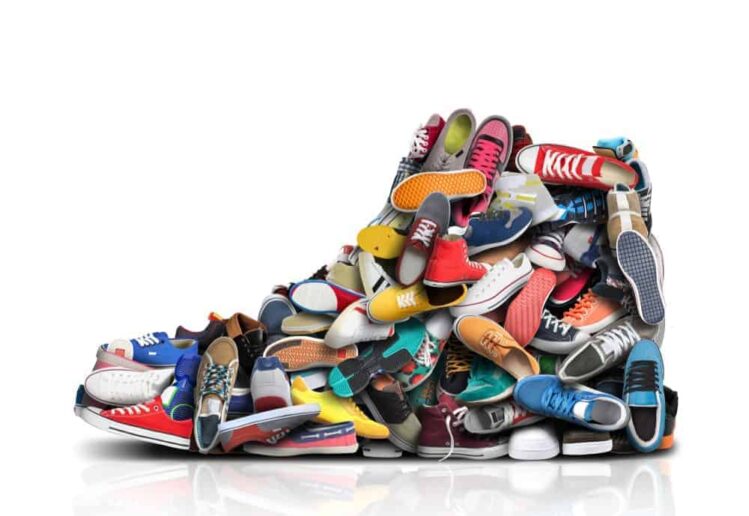

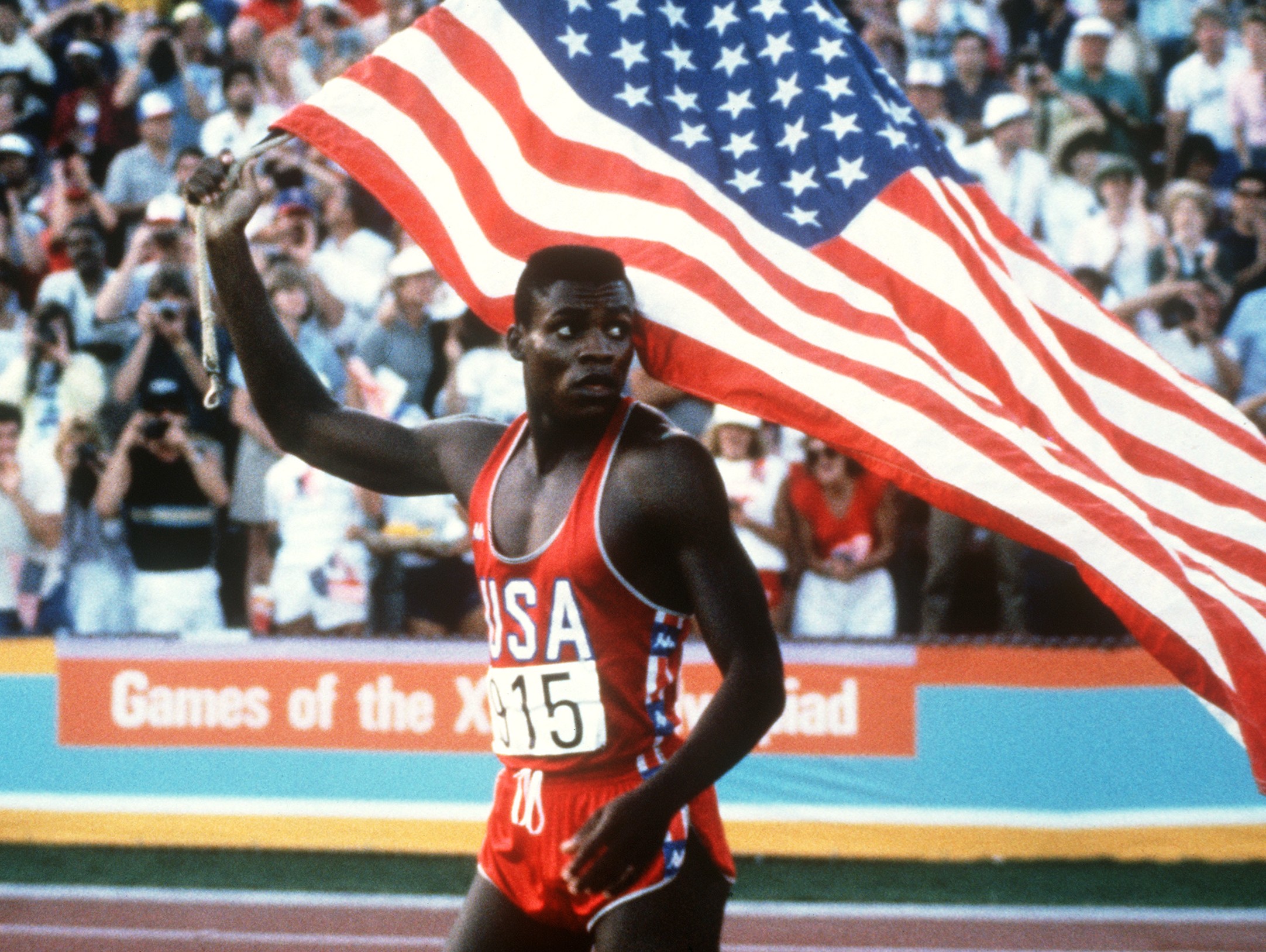



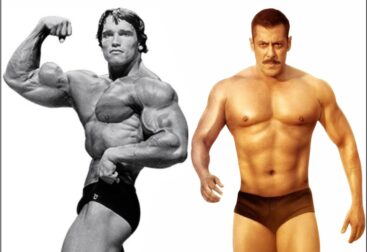
GREAT informations sir !
I never knew we should analyse such a lot before buying shoes for different purposes
AWESOME !
छोटी-छोटी चीजें जिसे हम नजरअंदाज कर देते हैं उसे आप पकड़ लेते हैं. बहुत बढ़िया लिखा है. सबको पढ़ना चाहिए
Thank you Sir.
Thanks